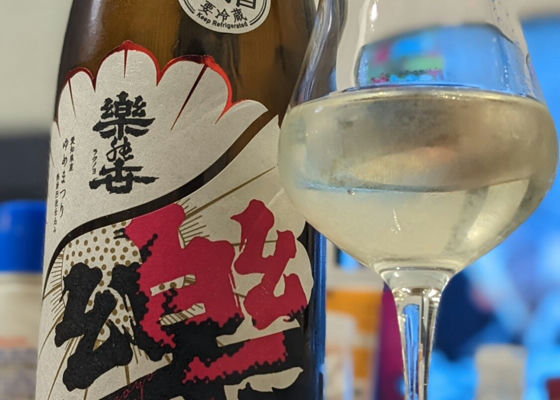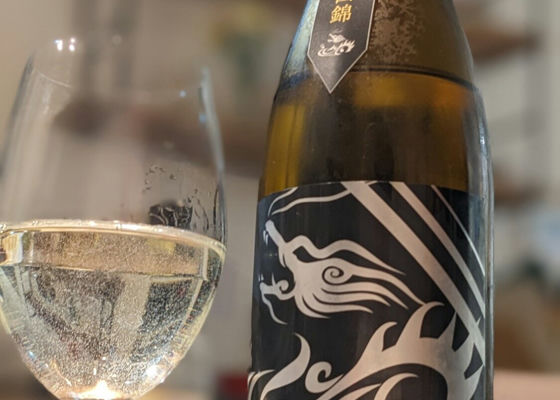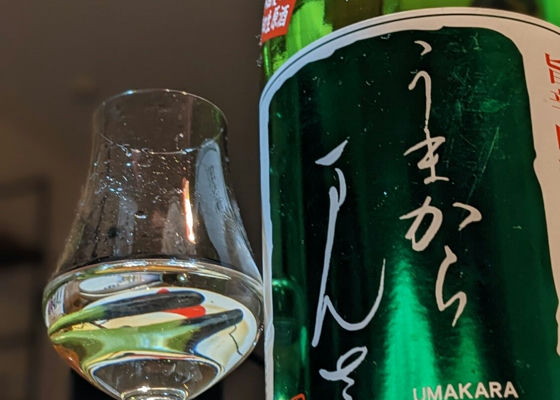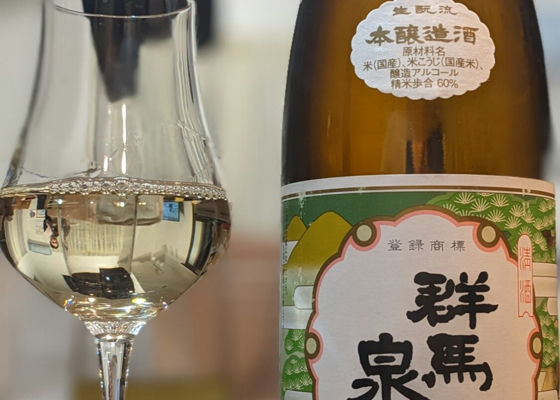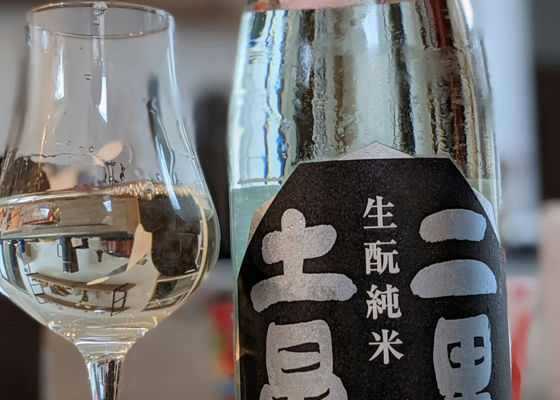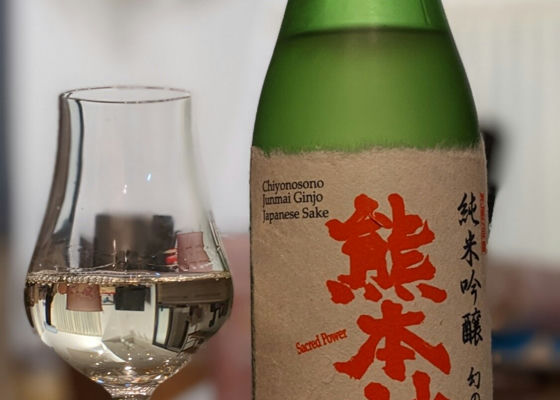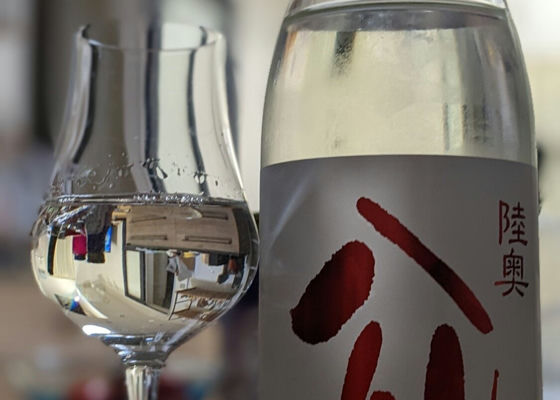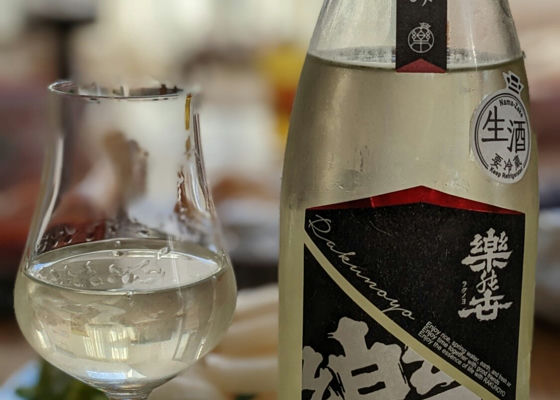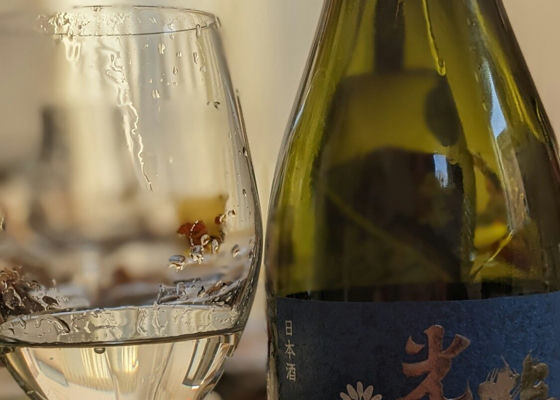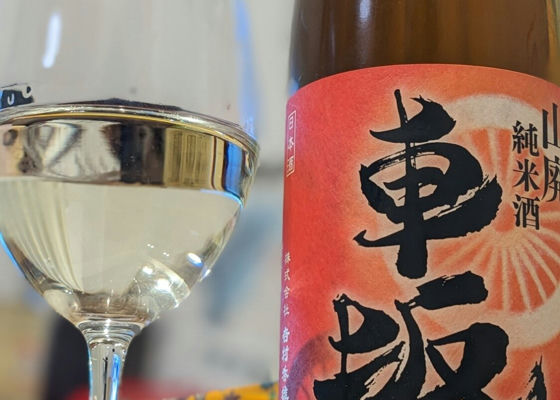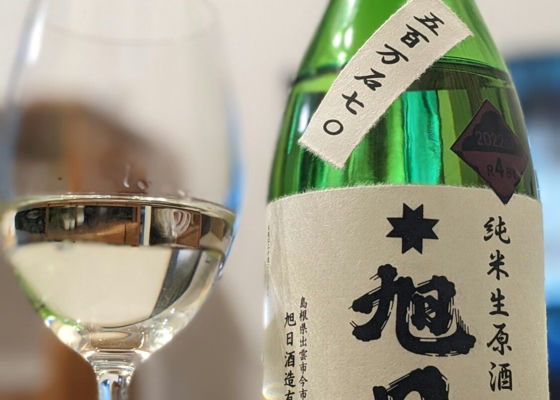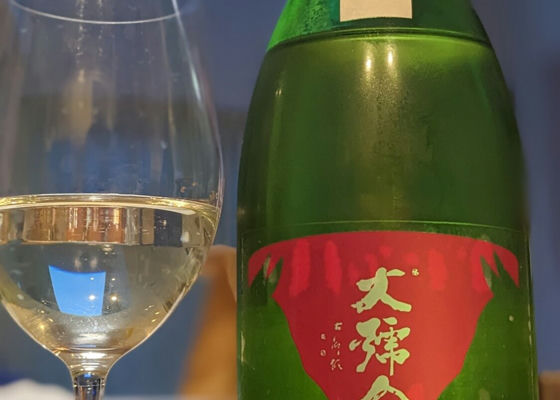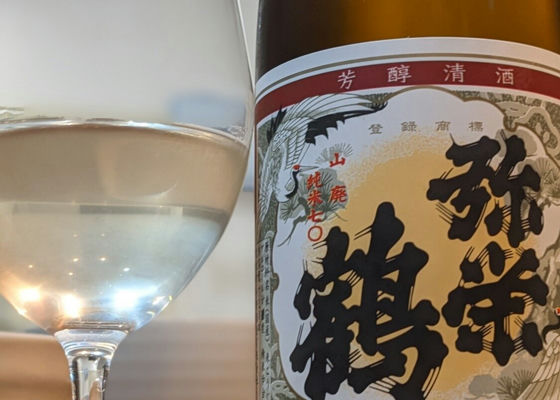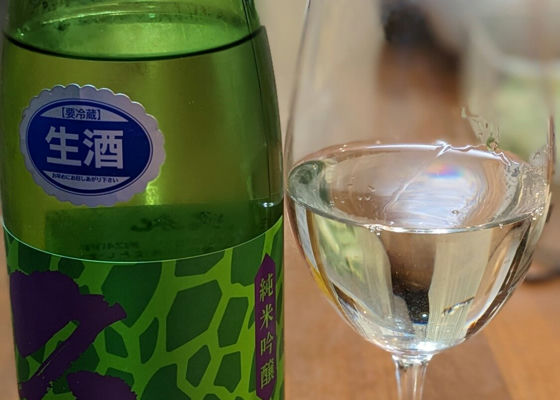Rakunoyo四段米入れ過ぎ仕込み
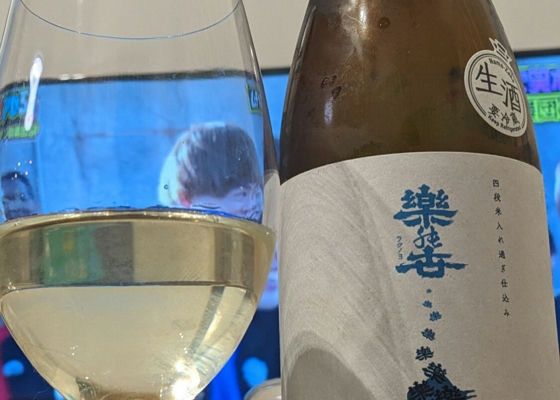
punio
Compared to Raku-no-sei, which I like, it has a sweet taste with a sense of being overdone.
However, it has a robust flavor that is not too heavy, so you can drink it with pickles for a long time.
The label is stylish for a one-off.
Ingredients: Rice (domestic), rice malt (domestic)
Ingredient rice: Gujo Tanada rice
Polishing ratio 70%.
Sake degree -13
Acidity 3.1
18% alcohol by volume (undiluted)
Sake Brewer Marui Gomei Kaisha (Aichi Prefecture)
Japanese>English
